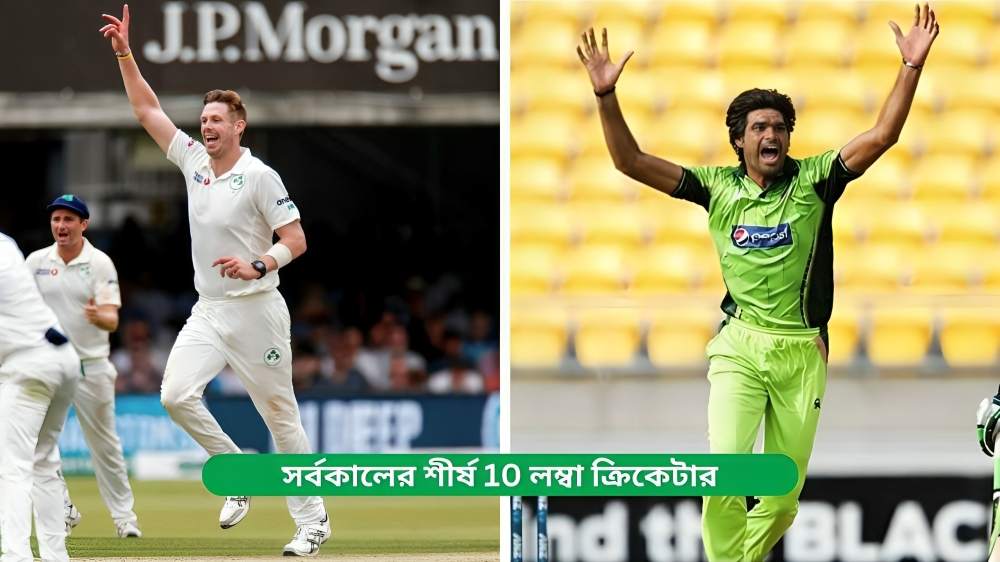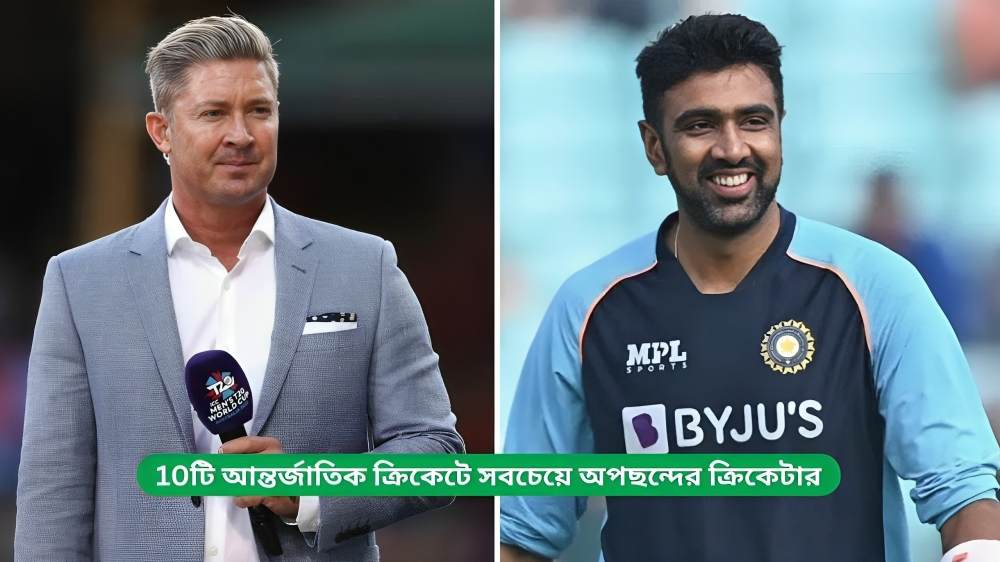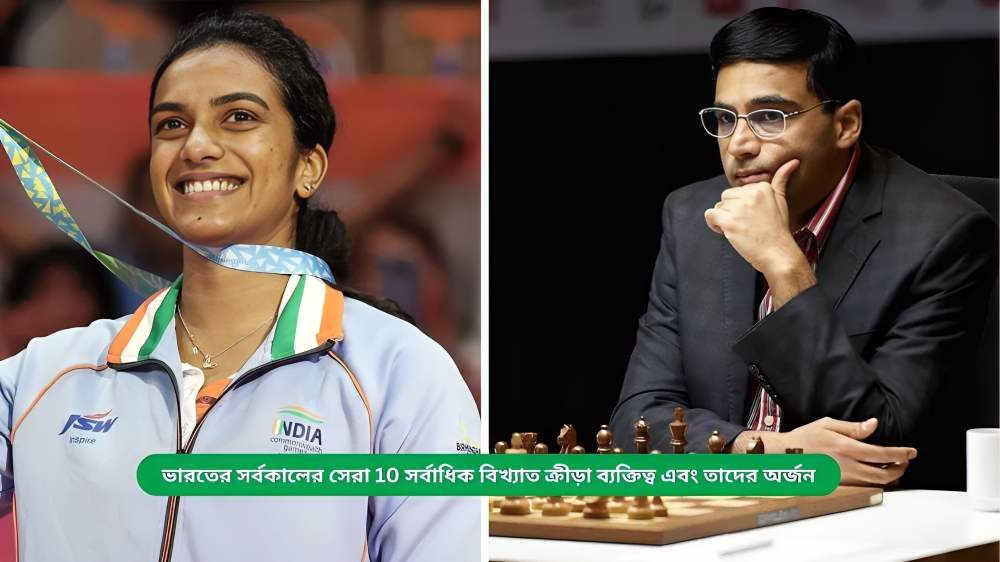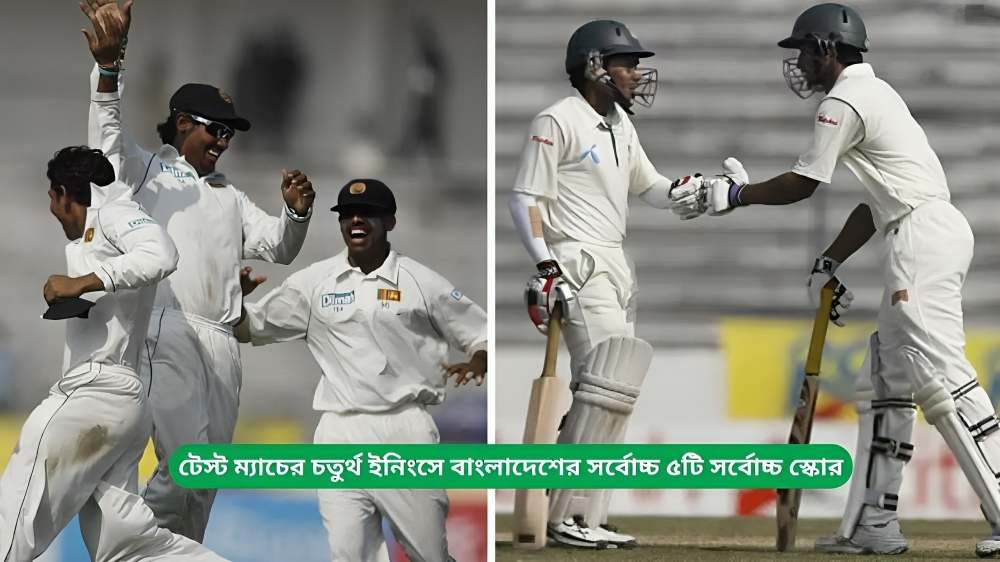The Duckworth-Lewis-Stern (DLS) method was first introduced to cricket in 1997.
Cricket matches are often straightforward when it comes to limited-over matches. To win a match, the team batting second is simply required to score a run more than what the opposition team first managed in their batting essay.
If both teams finish on the same total, then a super over is used to determine the winner in T20s and in ODIs.
DLS: However, coming to a clear conclusion for cricket matches tends to get tricky when there is an interruption or a shortened cricket match due to rain or other reasons.
To help decide a clear-cut winner under such circumstances, the Duckworth-Lewis-Stern (DLS) method is used in such scenarios to calculate the target or par scores that the chasing team should be at to determine the winner.
Here, we have a closer look at the what is DLS Method In Cricket.
Table of Contents
What is DLS method in cricket?

The DLS method in cricket, or the Duckworth-Lewis-Stern method is a mathematical system used to calculate target scores and result outcomes in limited-overs matches that are shortened due to rain or any other reasons.
This system was initially designed by English statisticians Frank Duckworth and Tony Lewis and was originally named after them when it was first used in 1997.
Australian academician Steve Stern updated the formula in 2015 and his name was added to the title as custodian, making it the DLS method in cricket that we are all familiar with today.
Why do we need DLS Method?
This was based on the existing rule that any rain delay will reduce the number of overs, with the runs in the least productive overs of the side batting first to be reduced from the target. Since South Africa had bowled two maidens, including one that had a run taken off leg-byes, the new target was one run less with two overs reduced.
This result necessitated the requirement of a new rule that could calculate the target scientifically and also take into account all aspects like batting first or second, runs scored, and wickets in hand. This resulted in the new system coming into place in 1997.
Furthermore, having a reserve day for all matches was not possible with the tight schedules and number of matches being played in the modern era. Hence, this was considered the best possible way to finish a match within a given time by reducing the number of overs.
How does DLS method calculate targets?
The DLS method in cricket considers both wickets and overs as resources and revises the target set by teams that batted first based on the availability of the aforementioned resources. At the start of an innings, a team has 100% of its resources – 50 overs and 10 wickets – available.
The DLS method expresses the balls and wickets remaining at any point as a percentage. This percentage is calculated according to a formula that takes into account the scoring pattern in international matches, derived from analysis of data from a sliding four-year window.
The rate at which resources – wickets and overs – deplete over the course of an innings is not constant throughout and the curve is exponential, with the resource percentage falling faster as more wickets are lost and more balls are consumed.
DLS To calculate a target, the formula may simply be expressed as Team 2’s par score = Team 1’s score x (Team 2’s resources/Team 1’s resources). In international cricket, the resource values – which are not publicly available – are obtained from a computer program.
The DLS method also allows for the fact that a team batting before a rain interruption would have batted differently had it known the game was going to be truncated.
Of course, the weighting of wickets and overs is based on a formula, and there can be no universally perfect weightage, simply because the method cannot make qualitative measurements of individual batting abilities.
The teams chasing big totals were better off keeping wickets in hand when rain was around the corner even if it meant scoring at a lower rate.
Due to this, Steve Stern felt he had improved on the D-L method in this regard by adjusting the formula keeping in mind the high-scoring nature of ODIs and T20s.













